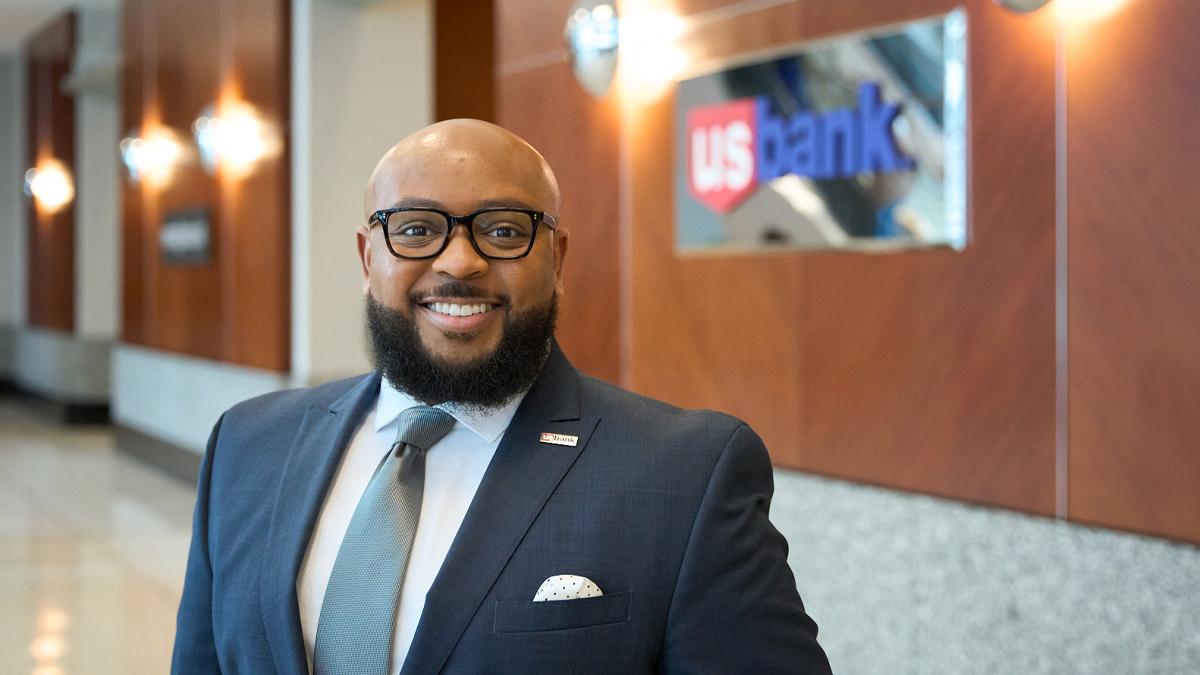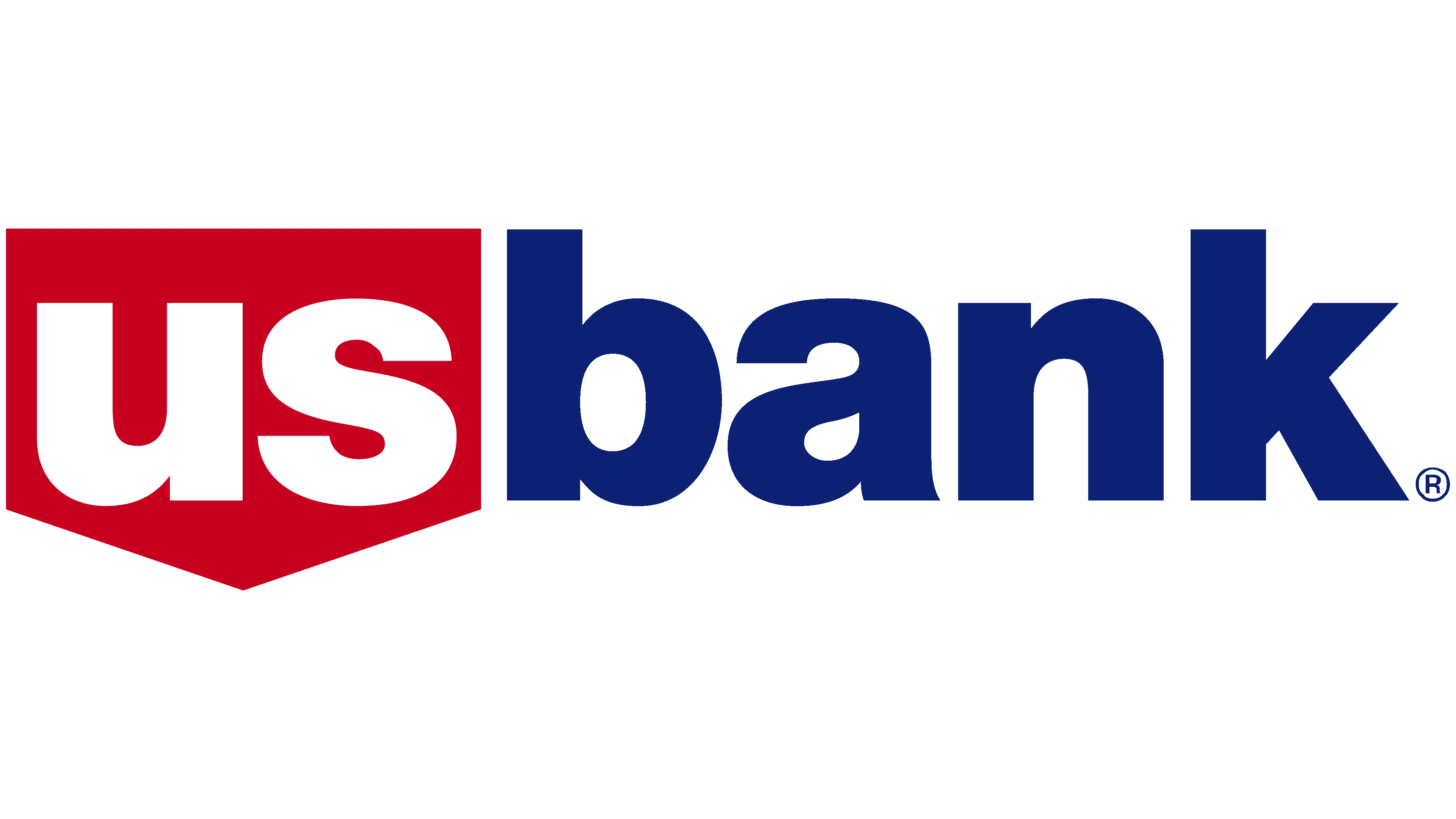Banker Focuses on Addressing Wealth Disparities Among Black Americans
Marcus Brown works to expand access to capital

Originally published on U.S. Bank company blog
If you imagine what a typical banker does in their job, “addressing the racial wealth gap” probably isn’t the first thought that comes to mind. But that is at the forefront of Marcus Brown’s job description.
“A Federal Reserve study showed that, on average, Black people have less than 15 percent as much wealth as White people,” Brown said. “We’re not able to fix systemic racism as a bank, but we can play a role in addressing that wealth disparity.”
As part of that effort, Brown took on a role in 2020 as strategy manager focused on the Black segment within the Diversity, Equity & Inclusion team at the bank.
He brought a lot of expertise with him, having joined the bank nearly seven years ago in the bank’s U.S. Bancorp Community Development Corp., which invests billions of dollars annually in communities, including projects to provide affordable housing to people with low incomes.
Brown served as a training and development program manager, leading workshops for U.S. Bank employees to help them understand the racial wealth gap and how they can help address it.
“After George Floyd’s murder in 2020, there was a real desire among the bank’s senior leaders to double down on our commitment to address inequities among the Black population,” Brown said.
The racial wealth gap can be narrowed by providing Black Americans with greater access to capital, including personal and business loans, as well as access to financial education and investment services, Brown said.
In early 2021, U.S. Bank launched Access Commitment™, a long-term approach focused on advancing diverse leaders, increasing business with diverse suppliers, growing ownership and assets for people and small businesses, and investing in Black communities.
“We have been able to more than double the amount of money the bank spends with diverse suppliers and we’ve implemented a series of initiatives tied to our different business lines,” Brown said.
"We’re not able to fix systemic racism as a bank, but we can play a role in addressing that wealth disparity.”
-Marcus Brown
For example, the bank’s mortgage lending group launched Access Home, which is designed to increase Black homeownership by recruiting and training more Black mortgage loan officers, partnering with nonprofit organizations and providing financial education outreach programs.
“It has helped provide employees a pathway to go from, say, a job in a call center to a career as a mortgage loan officer,” Brown said. “By creating greater Black representation in the business line, we create more market share for Black consumers.”
The different efforts have helped drive a shift in how the bank’s different business lines work together, he said.
“I’m so proud of how we’ve broken down silos,” Brown said. “We’ve been able to look across the business lines and get an understanding of what they’re working on and finding opportunities to drive synergies, especially around financial education.”
The bank also launched a leadership academy to help more Black employees position themselves for leadership roles. The academy has been expanded to also serve employees with Asian and Latinx backgrounds.
“These three groups are historically marginalized in America and it’s beneficial for us to have programs that build cohorts who can learn from each other and other people at the bank, as well as at other companies,” Brown said.
Access Commitment community programs help increase financial education, including the role banks can play in helping people build credit and ultimately wealth, he said.
“We have to deal with the historical distrust of banks among people in marginalized communities,” Brown said.
The different initiatives that are part of Access Home are all measured for effectiveness and being enhanced as needed, he said.
“It’s one thing to just do programs but we’ve partnered with the Urban Institute to measure our impact and hold us accountable,” Brown said. “We are transparent and report our results in our ESG (Environmental, Social and Governance) report. You don’t always see that from financial institutions and I’m very proud of that.”

